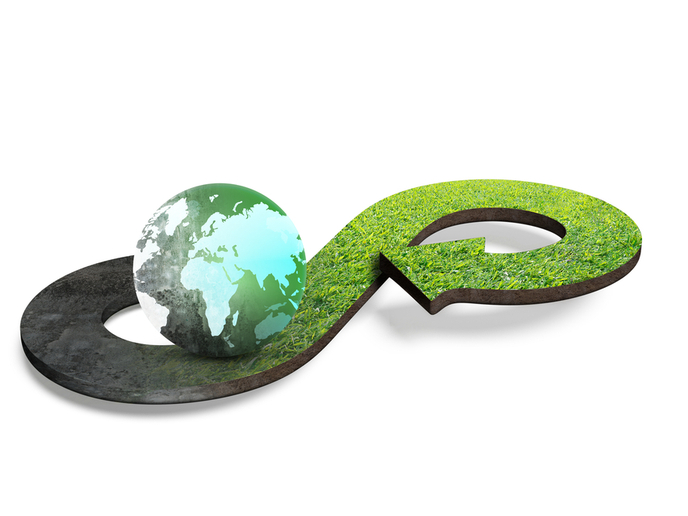Wastewater treatment progresses towards a circular economy
Water scarcity is both a natural and man-made problem. While our planet doesn’t lack in fresh water, it’s distributed unevenly and a lot is wasted, polluted and unsustainably managed. Wastewater treatment combats this problem by converting wastewater into an effluent that can be reused or discharged back into the environment. According to a pan-European consortium working on the EU-funded INCOVER project, this sanitation technology can progress even further. INCOVER is testing new solutions that will halve operating costs, produce energy, recover added value by-products and reduce greenhouse gas emissions by up to 80 %. As stated on the project website, INCOVER aspires to propel wastewater treatment “towards a bio-product recovery industry and a recycled water supplier.” To this end, project partners have developed a wide range of technologies that contribute to a circular economy. Having already been tested individually at laboratory scale, these innovative technologies are now being tested together in three large-scale plants treating wastewater from municipalities, farms, and food and beverage industries. Located in Germany and Spain, the demonstration sites show how resources such as energy and nutrients and products such as biofertiliser, biomethane and bioplastics can be extracted from wastewater. Horizontal photobioreactors The plant located in Viladecans, Spain, has three horizontal photobioreactors (PBRs) that produce microalgae biomass dominated by cyanobacteria. Agricultural run-off is fed to the PBRs to increase cyanobacteria concentrations in the first PBR and to accumulate polyhydroxybutyrate, a biodegradable bioplastic, in the other two PBRs. The biomass harvested from the third PBR is treated with secondary sewage sludge in an anaerobic digester to produce biogas. The sludge is then treated in a sludge treatment wetland while water from the settler is treated in nutrient recovery columns and disinfected using solar-driven ultrafiltration. The resulting effluent is used for irrigation purposes. High rate algal ponds High rate algal ponds (HRAPs) are being tested at two locations in southern Spain. In Chiclana de la Frontera, the production of polyhydroxyalkanoate (PHA), another biodegradable bioplastic, is achieved through a two-stage anaerobic-photosynthetic HRAP system. Following PHA production, the remaining biomass is converted into biogas using thermal pretreatment and an anaerobic co-digestion process. Biomethane is produced using integral biogas upgrading technology. The second location is the El Toyo wastewater treatment plant in Almería, where a demo 3000 m2 HRAP has been installed to obtain irrigation-quality water. Wastewater is treated directly without anaerobic or primary clarifiers, making this the world’s first full-scale HRAP of this size to operate in this way. Planted filters are used to enhance phosphorous and nitrogen recovery. Solar-driven disinfection systems ensure the safety of irrigation water, and a smart irrigation system ensures energy and water efficiency. Biomass waste treatment In Leipzig, Germany, a yeast-based biotechnological process is used to produce organic acid from industrial wastewater obtained from the food sector. Once the acid has been extracted, residues are used to produce biogas, which is used for power generation or heating. Finally, excess anaerobic sludge is treated using hydrothermal carbonisation to transform waste biomass into ready-to-use soil fertilisers. The performance of the INCOVER (Innovative Eco-Technologies for Resource Recovery from Wastewater) technologies is being integrated into a decision-support system tool. The tool aims to help water authorities choose the investments that will best meet their needs. Next, INCOVER will be focusing on optimising all these processes. For more information, please see: INCOVER project website
Countries
Spain



